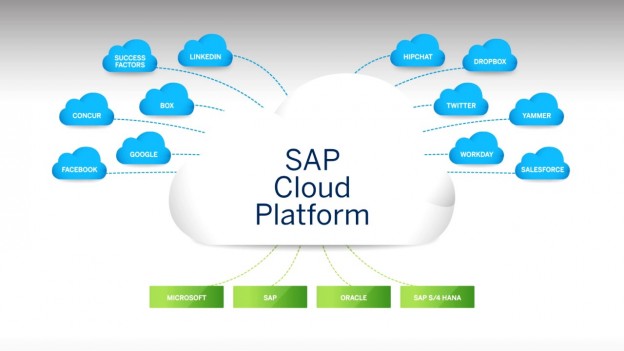Because the Sap HANA is so flexible by nature, deciding on the right application to run is a problem. So, one of the major roadblocks in planning SAP HANA adoption strategy is really because of its nature; SAP has successfully made it into a platform which can run many kinds of enterprise applications. So, deciding on which product you should start with can be difficult. Any plan for adoption will have to consider logistics for deployment, in short, how and where the SAP HANA will operate. One of the main reasons for the challenge is due to the fact that many businesses have already made huge investments in ERP deployments, according to analysis by Gartner. Since they have already bought licenses for their database management systems they will need a solid case for switching to HANA.
Another significant question which then arises is that if HANA was deployed for ERP, you would have to know which processes need to be run differently. So, if the SAP HANA fails to bring in benefits then there is no justification for the change. A final reason for the hindrance to its adoption is because the SAP installation is risk-averse and businesses are keen to see many more implementations before they switch to HANA.
Some businesses will also need assistance as far as adoption of SAP HANA Cloud is concerned. This is because some of the implementations will be custom according to business cases and you will have to decide on the deployment. Whether a business moves ahead alone or works together with a consultant for aligning its goals with HANA strategies, there must be proper steps taken to identify a proper need, and a technical method to achieve this goal as well as costs and licensing effects.

The SAP ERP clients are now in a dilemma. While the SAP Business Suite enters maintenance mode by next year, the SAP HANA offers many opportunities for businesses to revamp their business operations. Depending on how businesses are approaching SAP HANA adoption, these can be categorized as follows:
– There are the forward thinkers who are guided by a forward-looking team of managers that consider ERP to be a strategic plan. Such businesses will deploy the SAP HANA at the earliest as they want benefits for a short-term. This team will also have customers who are keen to move onto SAP HANA by skipping ECC upgrade cycles.
– There is a second group of skeptics who feel that the SAP is not desirable. They have made many changes to their SAP ERP during these past years. They do acknowledge the advantages which SAP HANA offers but they lack leadership sponsor. So, it is a certainty that they will adopt SAP HANA but the time is not known.
– There is a third group of businesses that are dissatisfied with SAP HANA and not convinced about its advantages. They regard this as a technology which they are being forced to embrace. So, it is likely that they will postpone their decisions for adoption till the time they can; alternately, they may get a third party for SAP supports or completely go out of SAP.
What benefits can the SAP S4 HANA provide?
The SAP HANA is the fourth ERP suite which the SAP created. The ERP had evolved as early as 1979 but this modernized solution is aimed at helping businesses run smoothly within a digital economy environment. So, customers who have been using the SAP ERP for some many years have started to understand the advantages of the S4 HANA, some of which are: instant refreshing of real-time system with KPI or Key Performance Indicators, doing away with end-of-period roadblocks, continuous financial reporting, profitability analysis, automation for routine jobs etc.
If you are leading an organization and you wish to adopt the SAP HANA you must find out some essential facts before you take the plunge. You need to understand how strategic the SAP ERP deployment is and whether you will be fine with a solution which is no supported by SAP. You must assess the degree of customizability which you have in the SAP ERP. When you have found these out, you can get in touch with companies to discuss ways in which the SAP HANA can benefit your business. Some providers will also offer free assessment to check for S4/HANA readiness.
You have to realize that businesses can move from one level to another because of the benefits of SAP HANA and a good leadership vision. It is wise to be aware of both the challenges and the advantages of migrating to the SAP HANA. The best way to adopt the SAP S4 is to take small steps. There is no sense in jumping the bandwagon simply because everyone else is doing it. Given that it is a new product, there will be a hype, but much of this interest is well justified. At the same time, every user has to analyze the SAP HANA in its own context. Only then can it decide on ways to adopt it. The SAP HANA is not a technical upgrade or a successor of ERP Hosting. It is a separate product altogether which tries to streamline business functions. This is why customers need to define their digital roadmaps first according to goals it wishes to achieve in the short term and long term. With a roadmap, you can then learn about the benefits of this product for your business. You get a taste of its features and solutions as you explore the SAP HANA. Adoption strategy is going to be different for different customers.






 Live Chat
Live Chat